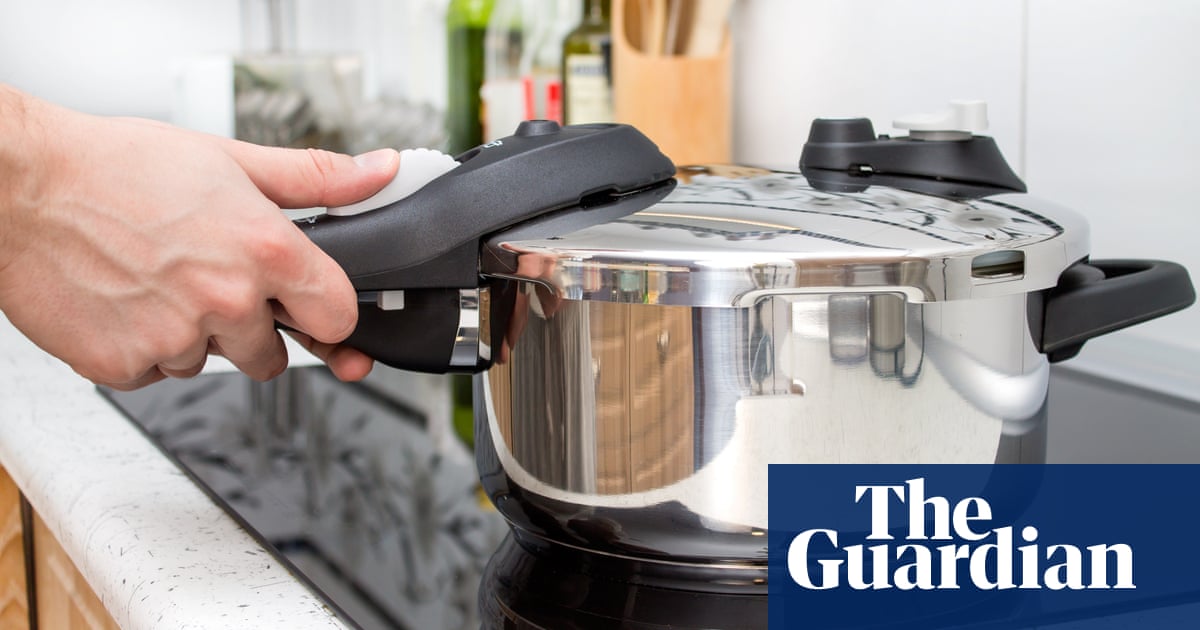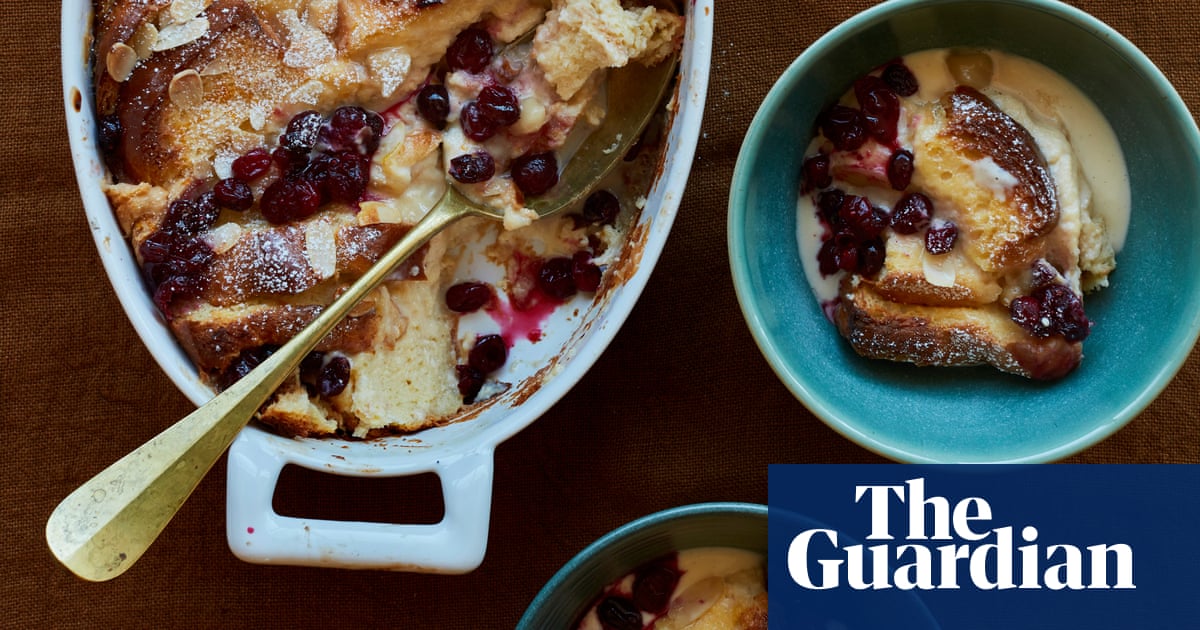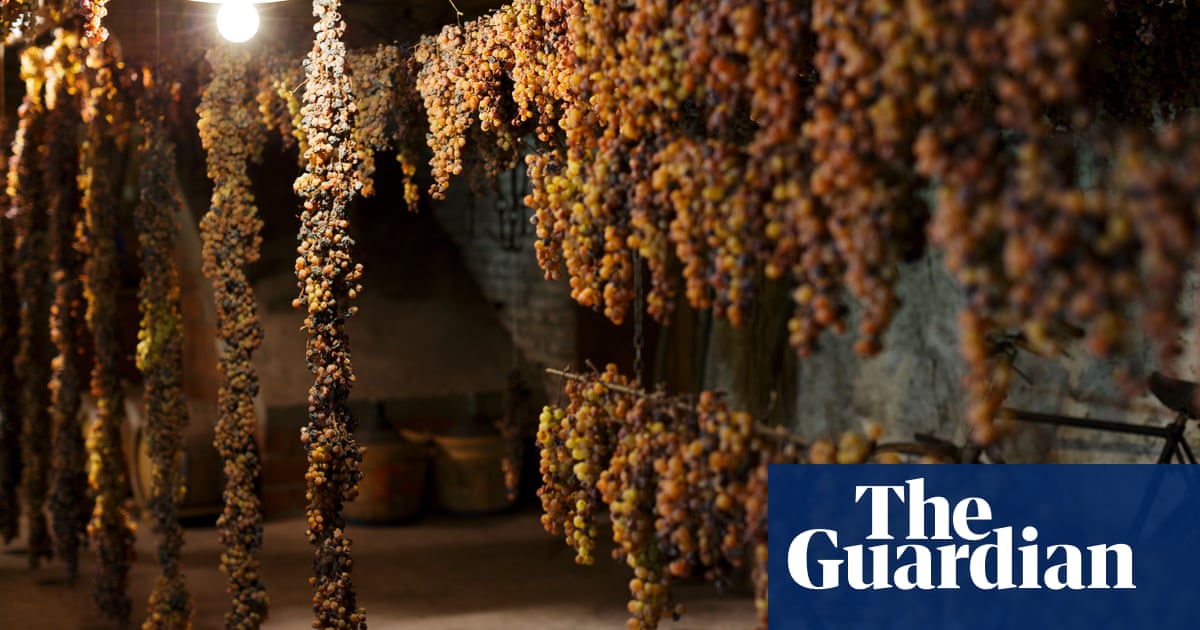
What are the advantages of pressure cookers?
Charlie, Lincoln
What really sets pressure cookers apart from other bits of kitchen kit, notes food writer Catherine Phipps, is their versatility. “I don’t see them as a gadget, but just as a saucepan with a specially adapted lid,” says the author of Modern Pressure Cooking. “You can use them for everything you would a normal saucepan, and much more besides, plus you’re also cutting down 70-75% of the cooking time.”
Stefano Arturi, of the Italian Home Cooking blog, adds: “I can make dishes that would otherwise take hours [stews, chickpeas] in a fraction of the time, and with no loss of flavour – in fact, pressure cooking intensifies how things taste.” And all for a fraction of the cost, too: “It’s a great ally in reducing water and energy consumption when you’re cooking things like vegetables, because you need very little of either.”
Which pressure cooker you go for, however, depends on how you cook, how many you’re feeding and what room you have available. “If you’ve got very little counter space, get one you can leave on the hob,” Phipps advises. “You can then use it as a saucepan, too.” Electric pressure cookers, meanwhile, might suit those who “have lots of worktop space, are used to slow- or multi-cookers and like that way of cooking”; they also come with a multitude of accessories, such as air-fryer lids and yoghurt makers, if they’re up your alley. That said, “if you want to use it mainly as a pressure cooker, you’d do much better to buy a stovetop model”. In terms of size, bigger is often better, Phipps says, because it gives you more options; she has cooked as much as 500g dried beans in her four-and-a-half-litre pressure cooker and as little as 50g rice.
You would also be wise to follow recipes designed specifically for pressure cookers, “because it isn’t obviously intuitive”, Phipps says. “You’ll soon get to a point where you can make educated guesses, though.” For example, rice, pasta and pulses, which are cooked by absorption, are a game of ratios: Phipps uses 2:5 rice: liquid for risotto, while basmati requires equal parts rice and water. Brothy chickpeas, meanwhile, are a favourite of Arturi’s: “Soak dried chickpeas in cold water for 12 hours, then drain and transfer to the pressure cooker with fresh water until barely submerged.” Add salt, olive oil and aromatics (garlic, bay, rosemary and/or a parmesan rind), then cook at high pressure for 10 minutes: “Wait for the pressure to drop naturally, then taste.” If the chickpeas aren’t quite soft, cook for a few more minutes more, then set aside, covered, for 30 minutes. “Spoon them and a little of their golden broth over toast.”
Pressure cookers are also useful for getting veg on the table quickly. In the case of sprout tops, kale and broccoli, for example, Phipps puts “a slick of water in a pressure cooker”, adds just-washed greens, brings up to pressure, then switches it off. “Fast release and it’s done, often in seconds.” There’s no compromise on taste, either: “I often cook broccoli at demos and people say: ‘I’ve never had such broccoli-tasting broccoli’,” she says. “Pressure cookers are just so good at preserving flavour.”












